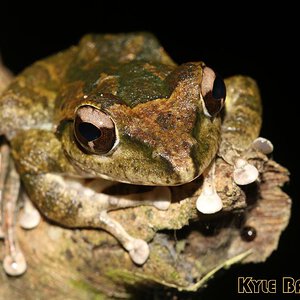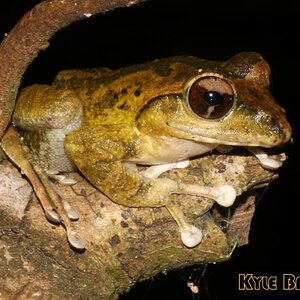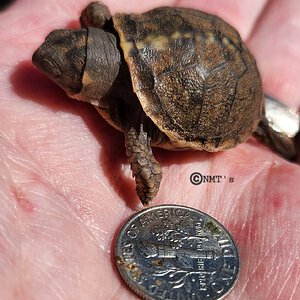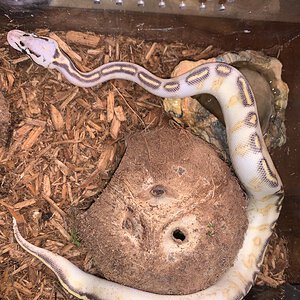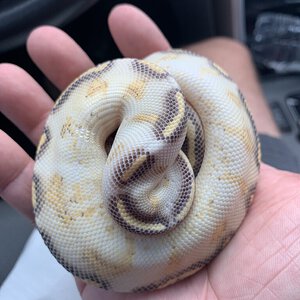Media information
- Category
- Not So Spineless Wonders
- Added by
- NMTs
- Date added
- View count
- 731
- Comment count
- 12
- Rating
- 5.00 star(s) 1 ratings
Image metadata
- Device
- samsung SM-S901U
- Aperture
- ƒ/1.8
- Focal length
- 5.4 mm
- Exposure time
- 2/10000
- ISO
- 20
- Filename
- 20231007_151824.jpg
- File size
- 1.2 MB
- Date taken
- Sat, 07 October 2023 3:18 PM
- Dimensions
- 1653px x 2774px

